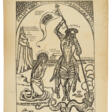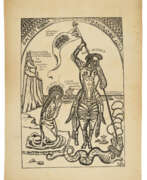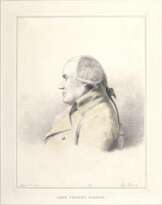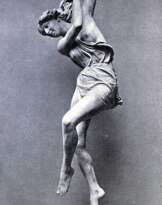Émile Bernard (1868 - 1941)

Émile Bernard
Émile Bernard, a French painter, was a significant figure in the Post-Impressionist movement. He is most famously associated with the development of Cloisonnism, a painting style characterized by bold outlines and flat, vivid color planes, and he played a role in Synthetism, a synthesis of forms and colors in art.
Bernard's artistic journey was influenced by his interactions with notable artists such as Paul Gauguin, Vincent van Gogh, and Louis Anquetin. His works, which often explored themes of symbolism and religious imagery, ranged from traditional paintings to engravings and illustrations. One of his notable works, "Madeleine au Bois d'Amour," is displayed at the Musée d'Orsay in Paris.
Despite his early success and influence, Bernard's artistic trajectory took a turn towards classicism later in life, distancing himself from the avant-garde styles he once embraced. His extensive travel experiences, particularly his time in Egypt, significantly impacted his art, leading to a broader range of stylistic elements in his later works.
To stay updated on the latest events and auctions related to Émile Bernard and his work, sign up for our newsletter. You'll receive timely alerts about new product sales and upcoming auction events related to Émile Bernard's art.
| Date and place of birt: | 28 april 1868, Lille, France |
|---|---|
| Date and place of death: | 16 april 1941, Paris, France |
| Nationality: | France |
| Period of activity: | XIX, XX century |
| Specialization: | Artist, Painter |
| Art school / group: | Les Nabis |
| Genre: | Genre art, Landscape painting, Portrait |
| Art style: | Neo-impressionism, Cloisonism, Symbolism |







































